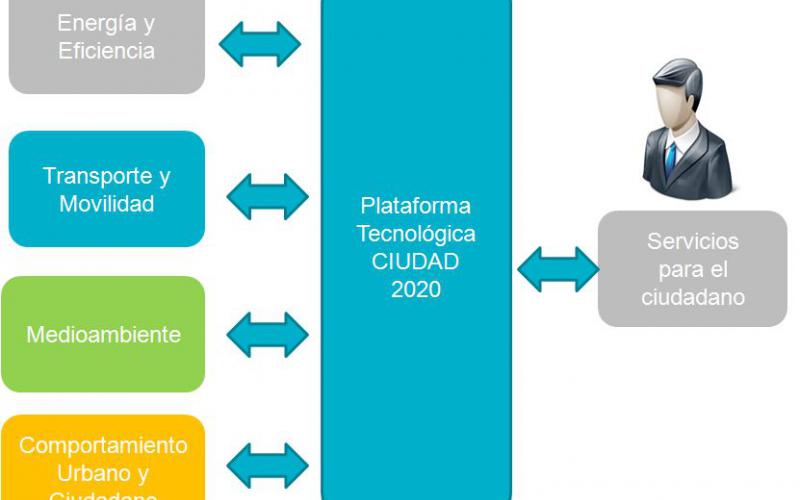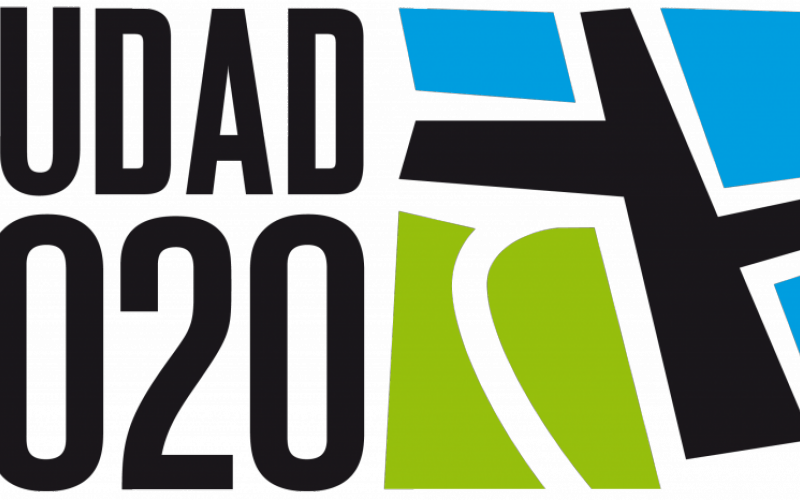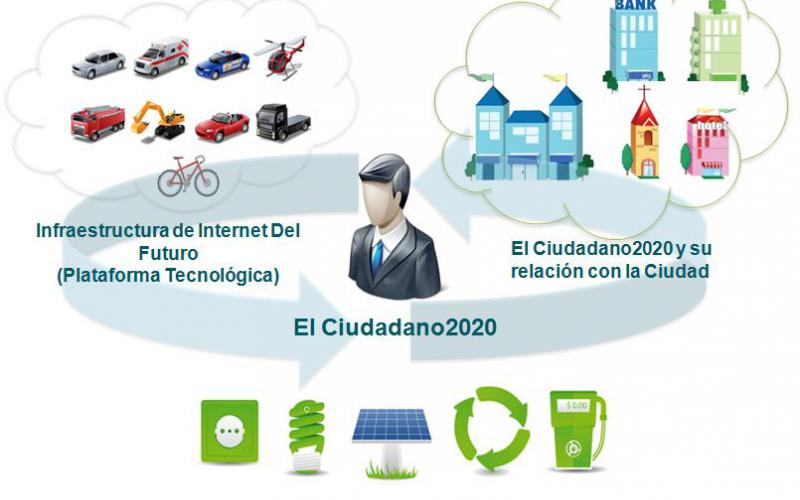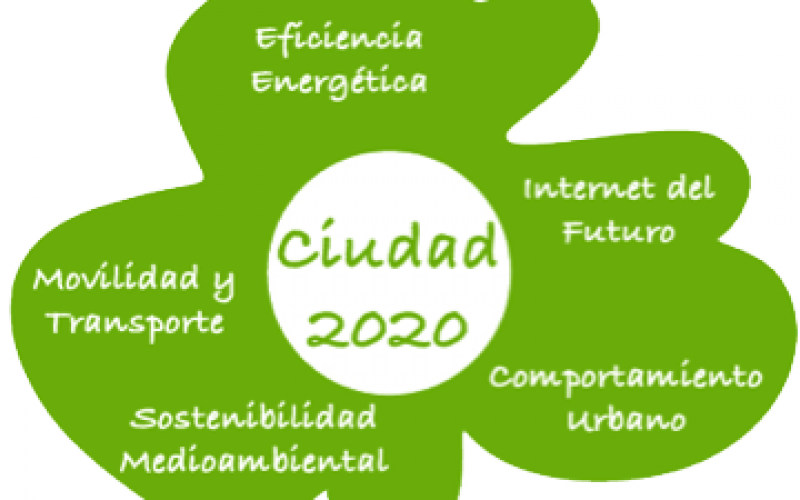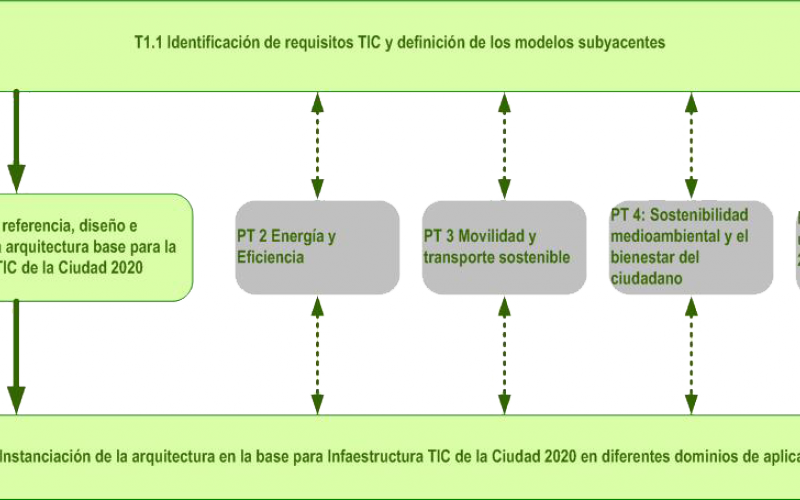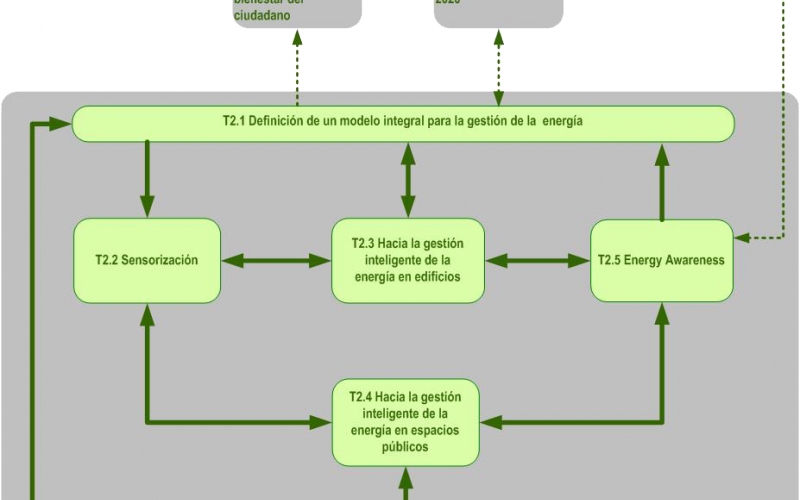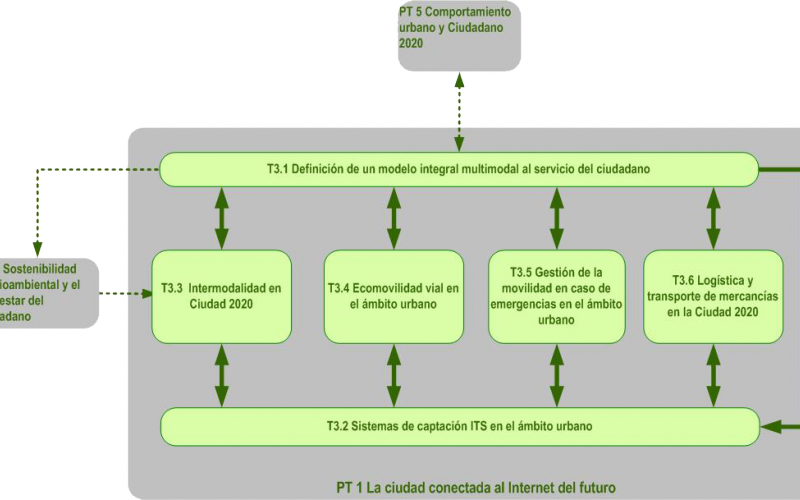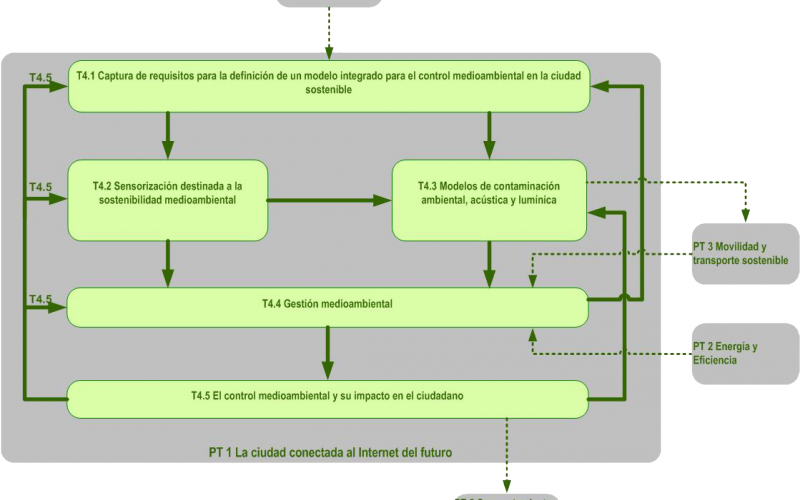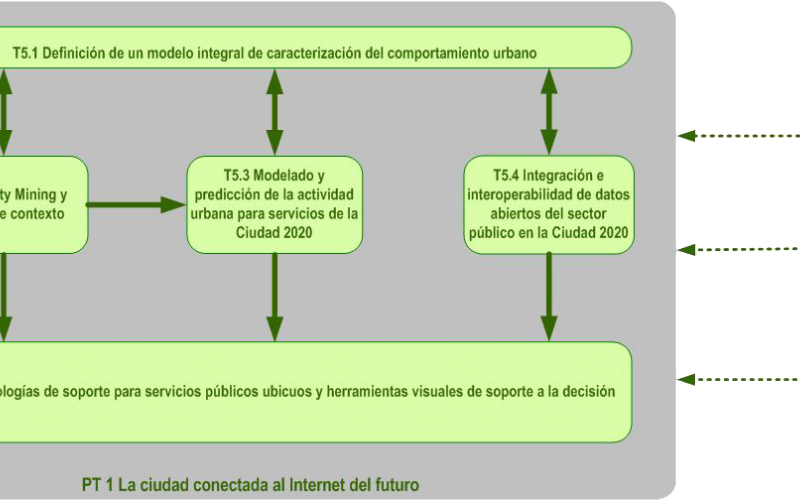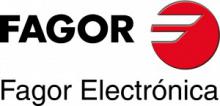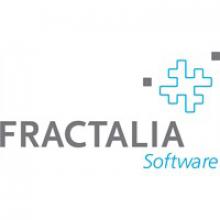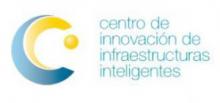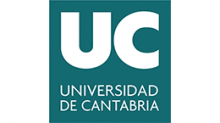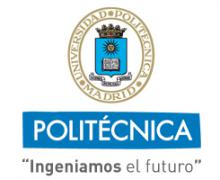Ciudad 2020

Project Ciudad 2020, with id mumber IPT-20111006, has been co-funded by Spanish Ministerio de Economía y Competitividad, and CDTI (Centre for Industrial Technological Development) as part of Innpronta 2011 Call.
- Energy Efficiency
- Transportation and Mobility
- Environmental Control
Work Packages Description:
WP0 - Management and Administration
The objective of this work package is to plan and carry out the necessary actions for the coordination of the work of all entities involved in the project as well as the tasks of liaison and information to representatives of CDTI. It will also be necessary to establish and manage the necessary relationships with third parties and carry out the economic and administrative management tasks of the project.
WP1 - The city connected to the Internet of the Future
This package focuses on the provision of the technological foundations and support infrastructure for the management of the CITY2020 under the paradigms of the Internet of the Future and the Internet of Things, which will allow to deploy a communications network accessible and scalable, over which we can develop, integrate, distribute, adapt and customize services and contents pivoting around the user, their behaviour and desires within the environment of the city, and connected to it.
The end result of the activities in this package will be a basic technology platform, common to other solutions that will develop or integrate the remaining work packages for the domains of energy and efficiency (PT2), mobility and transport (PT3), environmental sustainability and welfare of the citizen (PT4) and urban and citizen’s behaviour (PT5).
WP2 - Energy efficiency
The aim of the work package will be to obtain the comprehensive definition of a series of infrastructure and services based on ICT, which will dramatically improve the use that citizens make of energy, while maintaining high levels of comfort, minimizing to the maximum environmental footprint, i.e., to increase the energy efficiency of the CITY2020. The results obtained from PT2 will lay the foundation for the model to be transferred to various city infrastructures: buildings and public spaces. This objective is broken down into:
- Definition of intelligent sensor networks that monitor the use of energy resources in various types of buildings and infrastructure of the CITY2020 and a management platform for such networks.
- Obtaining models, optimization algorithms and technology solutions that enable citizens 2020 to act as manager of energy consumption in a more efficiently and environmentally friendly way.
- Getting models, optimization algorithms and technology solutions that enable the CITY2020 Public Administration manage energy consumption of public spaces more efficiently and respectful with the environment.
- Definition of energy policies that improve the energy performance of CITY2020, through awareness and motivation of citizens 2020 and methods for impact assessment / acceptance of such policies in society.
WP3 - Mobility and sustainable transport
One of the general objectives of CITY2020 is the conception of a set of solutions that meet the needs of users in terms of efficient transport, safe, comfortable, economical and sustainable. The overall purpose of the development of sustainable mobility is to reconcile economic growth with social cohesion and environmental protection in an urban setting, under a technology framework developed in WP1 “The city connected to the Internet of the future”. Thus, in CITY2020 along the lines marked at national and European level research will focus on the following aspects:
- Modal change as a strategy towards economic and environmental sustainability, orienting the demand for mobility towards balance between current tastes of society and the social cost of transport.
- Solutions to facilitate and encourage the use of electric vehicles as well as contributing to a greener road mobility.
- Safety and efficiency in transport for emergency situations in urban areas.
- Efficient and sustainable management of freight transport.
WP4 - Environmental sustainability and welfare of citizens
One of the basic pillars on which rests the paradigm of the intelligent city is the environmental control. Thus, in order to make the city a more comfortable and safe space for the citizens, we should devise a set of technologies and processes that enable continuous and real-time environmental quality monitoring, in the broadest sense of the different parts of the city in order to eventually take appropriate decisions, either in terms of traffic management, energy or any other, with the ultimate purpose of the corresponding indicators remaining at optimum ranges. Health and environmental sustainability are absolutely correlated concepts. It is more than proven the strong interaction between the respiratory, cardiological and even neurological pathologies with high levels of pollution. Even intense episodes of stress may appear on noise pollution. Therefore, if you want to build an increasingly long-lived and more quality of life society it is obliged to ensure at every moment the best environmental conditions for citizens.
The internal combustion engine is source of contamination of particular interest because of its impact on the ecosystem of the city and the welfare of its people. This is due not only to particles and NO2 emitted, harmful to health, but for the contribution of its CO2 emissions to climate change. The electric vehicle is emerging as an attractive alternative for the significant reduction of these emissions, but there are barriers that still need to be overcome for the implementation of this type of vehicle a reality. The objectives of this work package are:
- Attracting requirements for the design of integrated models and ongoing environmental monitoring to enable prediction of adverse events for the city and the health of its citizens. Special attention will be given the interaction of this work package with sustainable transport in order to infer accurate enough to carry prognostic models.
- Identification of technological needs tuned to the needs of the previous point and the most convenient technologies that respond to such requirements.
- Obtaining a data model that enables feeding the different channels of information flexibly to optimize management and decisions processes regarding environmental control. This model should be useful for both the competent Public Administration and the citizen as receiver itself, through adequate flow of relevant information.
- The study of short-term prediction automatic systems of the evolution of pollutants in alert situations, based on data mining techniques on meteorological parameters, data on concentration or intensity of pollutants and other dynamic variables influencing the process.
- The concept of techniques for efficient water management and municipal solid waste in the area of the city.
- The definition of solutions that contribute to decreasing the detected contamination.
- Study of the barriers brought to the introduction of electric vehicles, associated with the perception of the citizen and identifying measures that contribute to their elimination.
WP5 - urban behaviour and citizen 2020
The objective of this work package is processing ubiquitous large-scale data for the generation of knowledge about urban behaviour, modelling the interaction of citizens, and the generation of added value services supported both in the management context and the reuse of open public information through Open Data, in order to explore and validate the opportunity and the impetus for the transformation of society and improving the sustainability of the economy in the city. PT5 will address the research analysis in ubiquitous data at large-scale associated with urban human behaviour, obtained through the network of sensors deployed in the PT1, as well as the research of analysis and processing technologies of large scale data, pattern recognition, data mining and machine learning, from quantitative data on the actual use of physical space for long periods of time and by thousands or hundreds of thousands of people, generate a deep and detailed knowledge of use space made by its inhabitants. Citizen 2020 aims to redefine a framework of interaction between the citizen and the set of assets, services and infrastructures of the city, both as an atomic and individual element as well as integrated into complex organizational structures, responding through a set of technologies that enable the intelligent management of context, the needs and demands of citizens and the transverse elements of coexistence and urban cohabitation.
CeDInt contributions to the project:
- It must include all the phases of energy management.
- It must be applicable to one or several kinds of elements in the city.
- It must be oriented to professional managers (public and private), citizens and Public Administration.
- Intelligent sensors: Data collection of magnitudes related to energy management through the use of wireless sensor networks.
- Simulation and analysis tools for buildings and street light systems in order to ease the decision-making process of energy management according to efficiency criteria.
- Smart systems for the automatic dimming of artificial light in buildings and public spaces.
- Assessing impact and raising awareness on the benefits of proper use of energy by the citizens using energy behavior analysis.

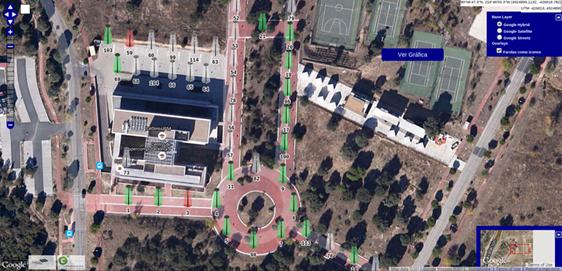
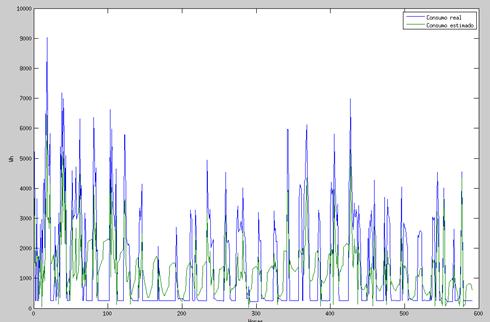
Technologies:
Ciudad 2020 uses a whole set of technologies related to energy management, efficient transportation, ontological modeling and environmental sustainability. Tecnologíes employed by CeDInt in the project: CeDInt-UPM develops wireless monitoring networks for buildings and public areas based on IEEE 802.15.4 and 6LoWPAN. Other technologies used to control the wireless networks are Java EE, OSGi, C and MySQL.
Applications:
Ciudad 2020 designs and implements infrastructures, services and applications focused on the citizen in order to encourage energy saving, environmental management and efficient transportation within the city. Aplications developed by CeDInt for this project: CeDInt designs and implements wireless sensor monitoring of environmental parameters in buildings and public areas. Besides, it deploys light control applications for street lamps focusing on energy saving as well as control algorithms for climate systems in buildings using, among other parameters, the thermal comfort index calculation and the amount of energy the system is consuming in real time.
Links to documentation (mainly in spanish):
- Official Web Page: http://www.innprontaciudad2020.es/
- (see or download White Paper)
- (Download Poster Ciudad 2020)
- (Download Ciudad 2020 book)
- www.innprontaciudad2020.es/2016-03-10-16-35-38/category/1-documentos-generales.html?download=2%3A2016-03-10-16-34-33
- www.innprontaciudad2020.es/2016-03-10-16-35-38/category/1-documentos-generales.html?download=3%3Alibrillo-ciudad-2020
- White papers originated by the project: http://www.innprontaciudad2020.es/2016-03-10-16-35-38/category/2-white-papers.html
- Project deliverables: http://www.innprontaciudad2020.es/2016-03-10-16-35-38/category/3-entregables.html
- Press releases: http://www.innprontaciudad2020.es/2016-03-10-16-35-38/category/4-notas-de-prensa.html
Click here uto see a video of the Ideas factory, from TVE explaining the Ciudad 2020 project.

